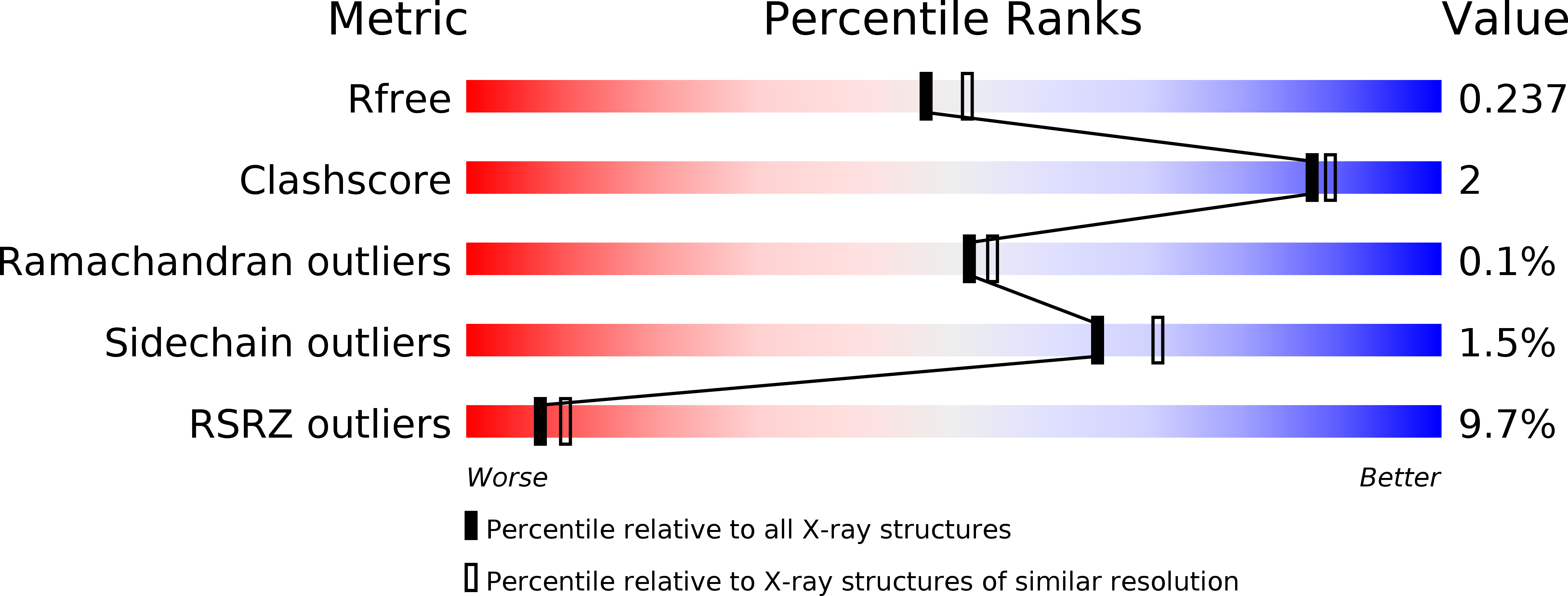
Deposition Date
2012-12-21
Release Date
2013-06-12
Last Version Date
2024-02-28
Entry Detail
PDB ID:
4IJA
Keywords:
Title:
Structure of S. aureus methicillin resistance factor MecR2
Biological Source:
Source Organism:
Staphylococcus aureus subsp. aureus (Taxon ID: 158879)
Host Organism:
Method Details:
Experimental Method:
Resolution:
2.10 Å
R-Value Free:
0.22
R-Value Work:
0.19
R-Value Observed:
0.19
Space Group:
P 21 21 21


